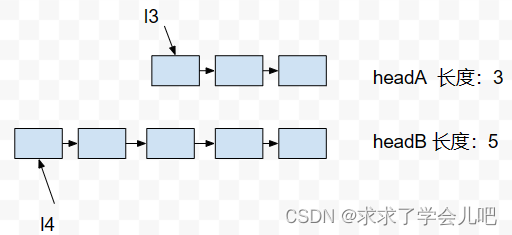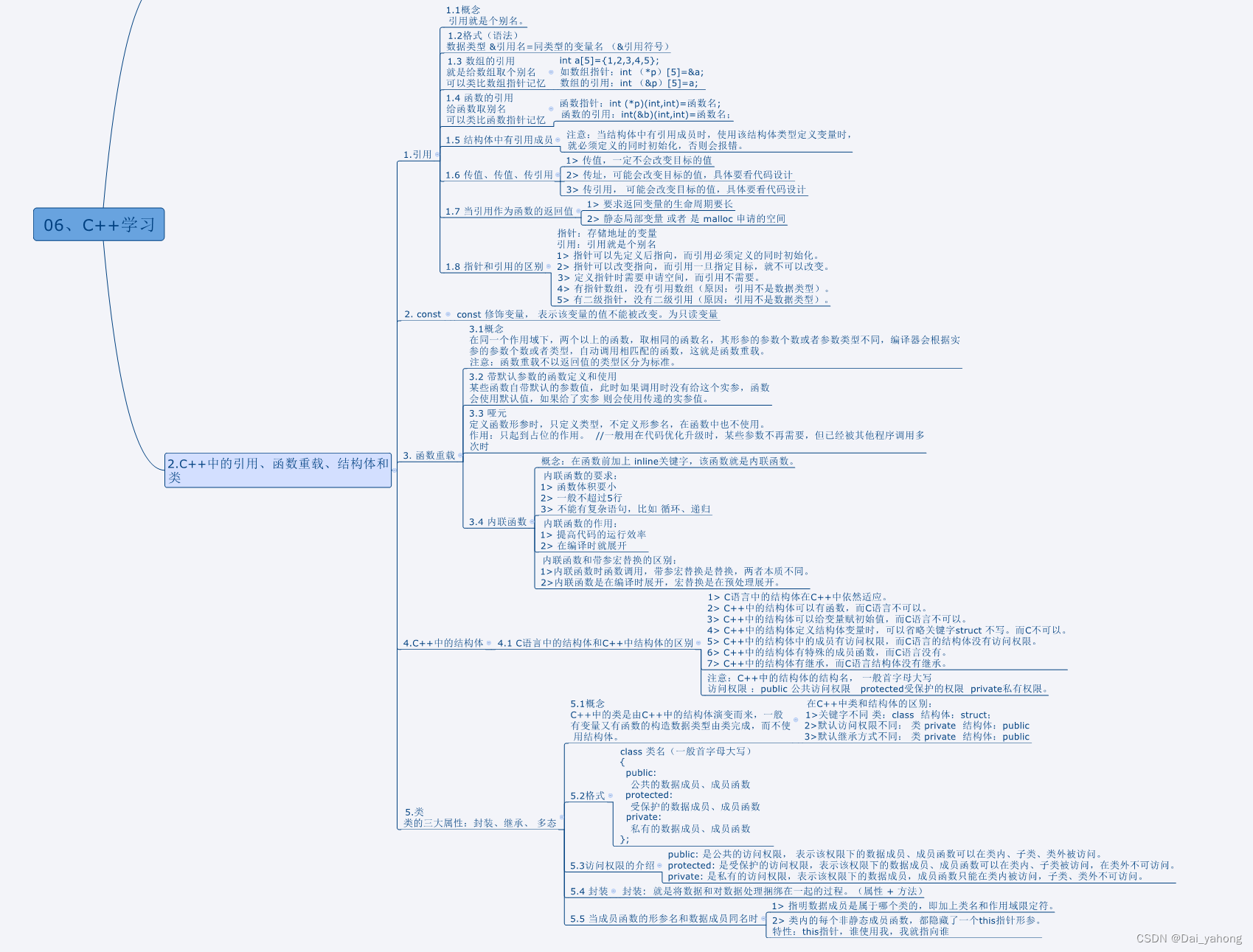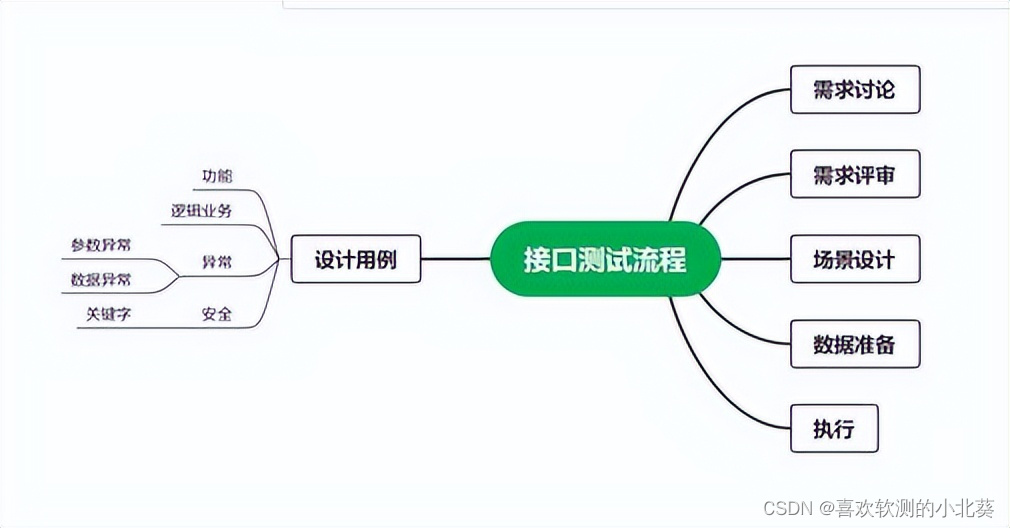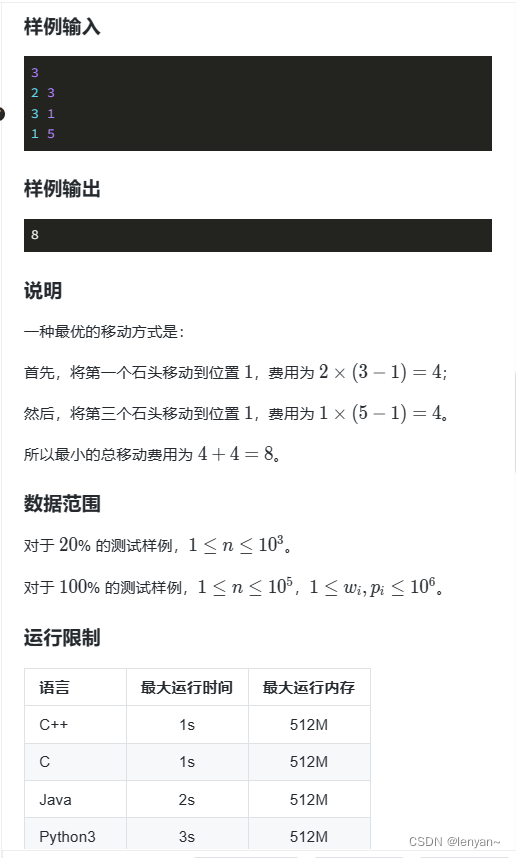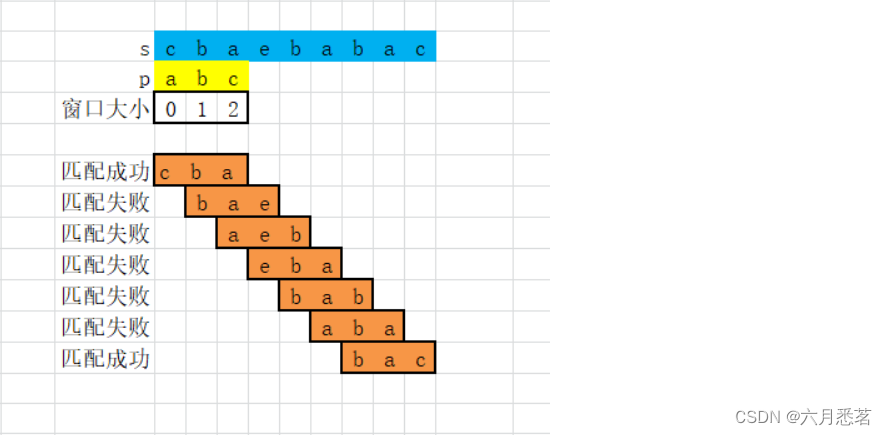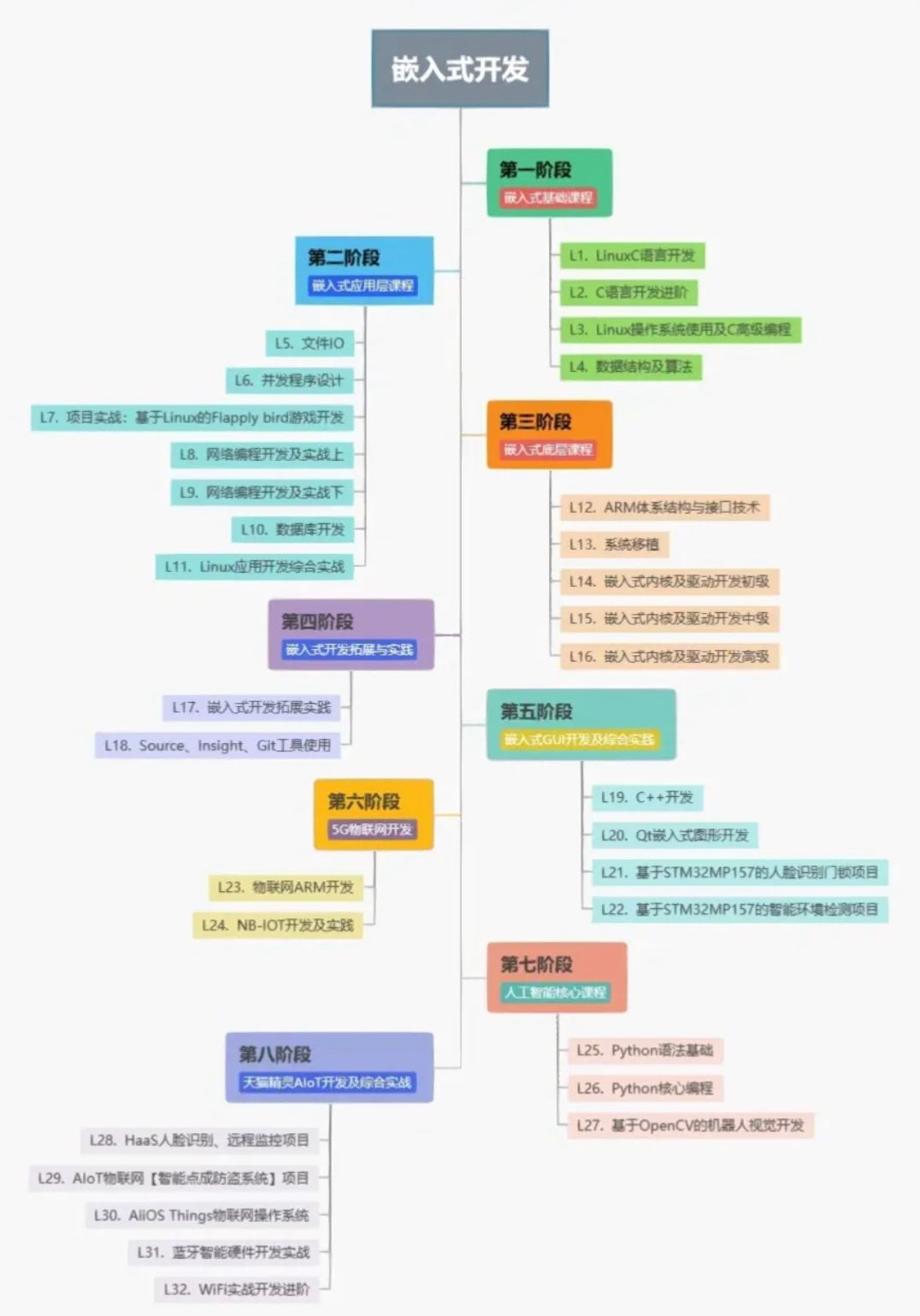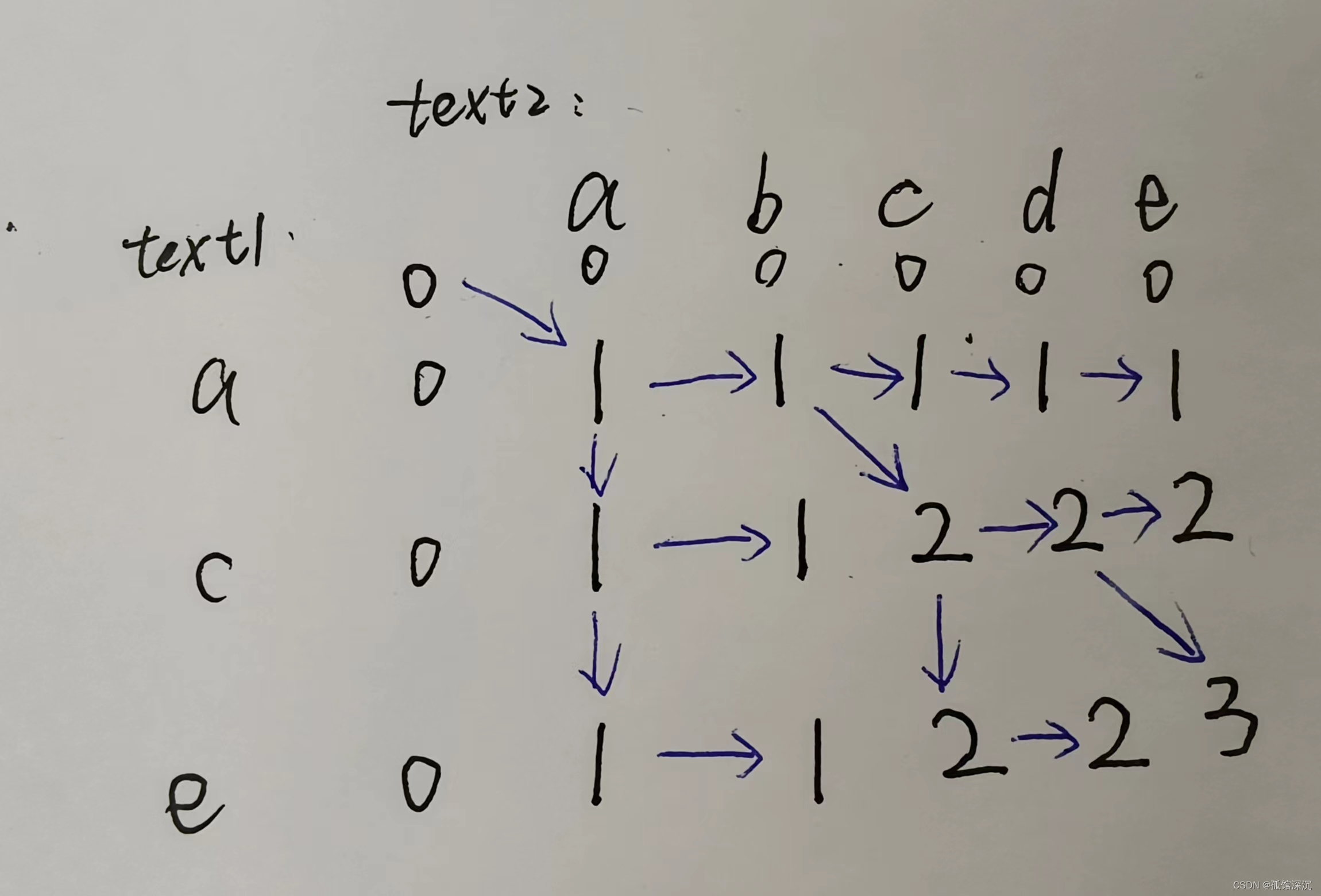方法一:暴力
public ListNode getIntersectionNode(ListNode headA, ListNode headB) {
//先获得链表长度
ListNode l1 = headA;
ListNode l2 = headB;
int m = 0, n = 0;
while(l1 != null){
m++;
l1 = l1.next;
}
while(l2 != null){
n++;
l2 = l2.next;
}
ListNode l3 = headA;
for(int i = 0; i < m; i++){
ListNode l4 = headB;
//l4定义放在第一层for循环中,避免第二层for循环结束后,出现nullpointerException
for(int j = 0; j < n; j++){
if(l3 == l4){
return l3;
} else {
l4 = l4.next;
}
}
l3 = l3.next;
}
return null;
}方法二:
时间复杂度为O(n)
空间复杂度为O(1)
public ListNode getIntersectionNode(ListNode headA, ListNode headB) {
//先获得链表长度
ListNode l1 = headA;
ListNode l2 = headB;
int m = 0, n = 0;
while(l1 != null){
m++;
l1 = l1.next;
}
while(l2 != null){
n++;
l2 = l2.next;
}
//判断哪个链表短,将长的那个链表向后移动,直到和短的链表一样长。
ListNode l3 = headA;
ListNode l4 = headB;
if(m < n){
while(n-- != m){
l4 = l4.next;
}
} else {
while(m-- != n){
l3 = l3.next;
}
}
//再从这个节点开始判断两个链表的节点是否相等,判断下去
while(l3 != l4){
if(l3 == null){
return null;
}
l3 = l3.next;
l4 = l4.next;
}
return l3;
}例图:
